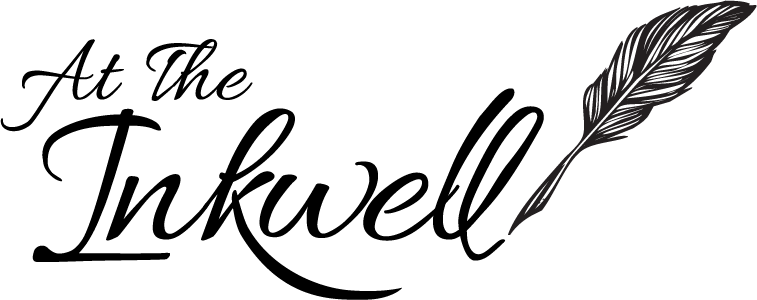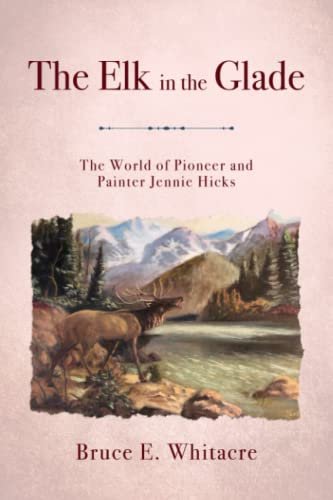The Elk in the Glade
The Elk in the Glade: The World of Pioneer and Painter Jennie Hicks
by Bruce E. Whitacre (Crown Rock Media, $20)
“The afternoon sun slants past the twin cottonwood trees/ into the south windows, past the geraniums./ The big white barn casts shadows across the yard.”
Researching family history can be an addictive enterprise. I recently found this out when I discovered the website findagrave.com. I learned shocking pieces of information about my ancestors that filled me with all the suspense of a great paperback mystery. If you decide to visit this website, please be warned, it may consume days and maybe even weeks of your life. But this leads to an interesting question, how is it that in a society so obsessed with current fads and future possibilities, we can still be so engrossed by origin stories? This is one of the questions that Bruce E. Whitacre explores in his new book, The Elk in the Glade.
The central theme of the book is the life and art of Whitacre’s great-grandmother, the painter Jennie Hicks. In fact, a few of Hicks’ paintings are included in the book and function as a fine complement to the poems, some of which are downright ekphrastic. “Hard to square their menace and power/ with the fragile farmwife who made them./ I believe the claws raked/ something in her confined” are the lines that appear opposite a painting entitled The Lions. The poems about Hicks aren’t just a literary response to her artwork, however, many of them chart her often difficult life as an artist. From the first time she picks up a brush “she could paint/ snow on a mountain so cold it burned your nose” to her later success “her pictures would wind up in forty-eight states,/ a couple of foreign countries” we follow this woman who defied the conventions of small-town life on the prairie.
The aforementioned setting is also important to this collection. Through this setting Whitacre is able to keep his great-grandmother connected to the land and the people that shaped her. He captures the rustic beauty of the plains, “red gold purple green the twilight scoops deep below the low hills./ Stars twinkle in the east.” But while there is certainly a unique majesty to rural America, there is also tragedy. Lines like “in the new year word comes that it’s so bad/ the government will buy them out, revert the land to range” reminded me of Timothy Egan’s book about the Dust Bowl, The Worst Hard Time.
Besides Jennie Hicks, there are plenty of other fascinating characters in The Elk in the Glade. There is Jennie’s mother-in-law “Catherine, a proper, demanding, sharp-tongued snob.” There is Jennie’s first boyfriend Robert, who betrays her with “a feathered beauty in a jet-flecked shawl.” And there is the town’s mysterious stranger who commits suicide wearing “the blue full-dress uniform of the Seventh Cavalry,/ Custer’s brigade of infamous repute.” I enjoyed following these characters and their inclusion added necessary dimensions of humor and drama to the collection.
The Elk in the Glade begins in 1882 when Jennie Hicks is three-years-old and ends in modern-day Nebraska, many years after her death in 1977. Because of this, the book is also focused on the passage of time. We see Jennie and the friends and family around her aging and eventually dying. Even the setting has changed as the narrator and his family “cruise past the empty lots of Main Street” upon their temporary return. Whitacre ends his book with an encouraging image of relationships and shared memories and I wonder if this is why so many of us find family history so enthralling. Our links to the past can tell us everything about what we ourselves will eventually leave behind.
Benjamin Schmitt
Benjamin Schmitt is the author of four books, most recently The Saints of Capitalism and Soundtrack to a Fleeting Masculinity. His poems have appeared or are forthcoming in Sojourners, Antioch Review, The Good Men Project, Hobart, Columbia Review, Spillway, and elsewhere. A co-founder of Pacifica Writers’ Workshop, he has also written articles for The Seattle Times and At The Inkwell. He lives in Seattle with his wife and children.


